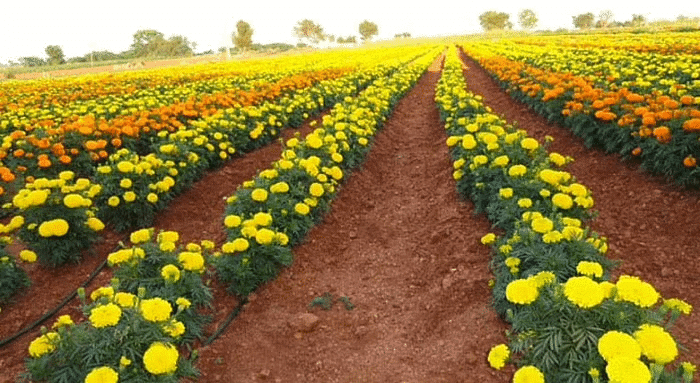Class 10 Geography Chapter 4 Question Answers - Agriculture
Q1. Define agriculture. Why have cultivation methods changed significantly over years?

Ans: Agriculture is the art and science of cultivating soil, raising crops, and livestock. It meets basic human needs for food and clothing, and is one of the oldest human activities.
Over the years, cultivation methods have changed significantly due to:
- Physical environment: Variations in climate and soil types.
- Technological advancements: Improved tools and techniques.
- Socio-cultural practices: Changes in community needs and traditions.
Q2. What is plantation farming? What are its main characteristics? Name some plantation crops.

Ans: Plantation farming is a form of commercial agriculture where a single crop is cultivated on a large scale for sale. This farming method is primarily found in tropical and sub-tropical regions. In India, it was introduced by the British.
The main characteristics of plantation farming include:
- A single crop is grown over extensive land. It requires capital-intensive inputs.
- Employs cheap local and migrant labour.
- Needs a well-developed transport network.
- Produces market-oriented products.
In India, important plantation crops include: Tea, Coffee, Rubber, Sugarcane, Banana.
Q3. What are millets? Why are millets very important food crops in India?
OR
Write a short note on the important millets grown in India.

Ans: Millets are important food crops in India, primarily including jowar, bajra, and ragi. They thrive in harsh climates with low rainfall and poor soil conditions.
Key points about millets:
- Known as coarse grains, they have high nutritional value.
- They are considered the poor man's cereal due to their affordability.
- It is a rain-fed Kharif crop, mainly grown in moist regions, requiring little irrigation.
- Major producers of jowar include Maharashtra, Karnataka, Andhra Pradesh, and Madhya Pradesh.

Q4. Why are some pulses known as leguminous crops? Why are they grown in rotation with other crops? Name the major pulses grown in India and the states leading in their production.
Ans: Pulses are classified as leguminous crops because their seeds grow inside pods, and their roots can fix nitrogen in the soil. This ability helps restore soil fertility, making them beneficial for crop rotation.
- Major pulses grown in India include: Urad, Moong, Masur, Peas, Gram, Tur (Arhar).
- The leading states in pulse production are: Madhya Pradesh, Uttar Pradesh, Rajasthan, Maharashtra, Karnataka.
Q5. Define sericulture and horticulture. What is India’s position in the production of horticulture crops?

Ans: Sericulture refers to the farming of silk, specifically the rearing of silkworms to produce silk fibre. The process involves:
- Planting mulberry trees to feed the silkworms.
- Harvesting silk from the cocoons of the silkworms.
Horticulture is a branch of agriculture focused on growing garden plants, including: Fruits, Vegetables, Flowers and ornamental plants for landscaping. India holds a significant position in the global production of horticultural crops:
- It is the largest producer of fruits and vegetables worldwide.
- Approximately 13% of the world's vegetables are produced in India. Key vegetable crops include peas, cauliflower, onions, and potatoes.
 Commercial Horticulture
Commercial Horticulture
|
66 videos|614 docs|79 tests
|
FAQs on Class 10 Geography Chapter 4 Question Answers - Agriculture
| 1. What are the main types of agriculture practiced globally? |  |
| 2. How does climate change impact agriculture? |  |
| 3. What are the benefits of organic farming? |  |
| 4. What role does technology play in modern agriculture? |  |
| 5. What are some common challenges faced by farmers today? |  |

















